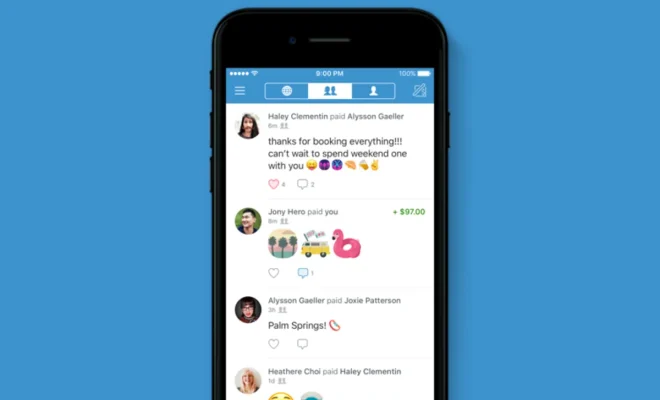Leasing: Everything You Need to Know

Introduction
Leasing is a popular and convenient way for businesses and individuals to use property or equipment without the need for outright ownership. It offers several benefits, including lower upfront costs, fixed monthly payments, and the flexibility to upgrade or change assets. This article will provide an in-depth look at leasing, discussing what it is, its advantages and disadvantages, and how it differs from buying outright.
What Is Leasing?
Leasing is a contractual agreement between two parties, where one party (the lessor) grants the other party (the lessee) temporary use of an asset like property, vehicles, or equipment, in exchange for periodic payments. The lease agreement specifies the terms and conditions of the lease, including duration, payment terms, and any restrictions on usage. At the end of the lease term, the lessee has the option to either return the asset or negotiate new terms with the lessor.
Advantages of Leasing
1. Lower Upfront Costs: One of the most significant advantages of leasing is that it generally requires a lower upfront investment compared to purchasing an asset. This allows businesses and individuals to preserve their cash flow for other operational expenses or investments.
2. Fixed Monthly Payments: Leases typically come with fixed monthly payments, which makes budgeting more manageable for businesses and individuals. This predictability allows for better financial planning.
3. Flexibility: Leasing offers more flexibility than owning an asset because you can choose different lease terms depending on your needs. When the lease ends, you have the freedom to
move on to newer assets or negotiate new conditions.
4. Maintenance and Repairs: Many lease agreements include a maintenance clause existing within the contract that places responsibility on lessors to ensure proper upkeep and repairs are carried out promptly.
Disadvantages of Leasing
1. Lack of Ownership: One significant drawback of leasing is that you do not gain ownership of the asset. This means that you cannot sell or otherwise dispose of the asset as needed.
2. Long-term Cost: In some cases, leasing may end up being more expensive than buying the asset outright over time due to the ongoing lease payments and potential buyout costs.
3. Restrictive Terms and Conditions: Lease agreements often come with various terms and conditions that may be restrictive for the lessee. This can include limitations on usage, customization, or location changes.
4. Limited Equity: Since you don’t own the asset when leasing, you won’t be able to build equity or use it as collateral for financing.
Leasing vs. Buying
The decision between leasing and buying assets ultimately comes down to factors such as cash flow, future plans, and asset type. Leasing is often preferred when flexibility is a priority, when preserving cash flow is crucial, or when utilizing rapidly depreciating assets like vehicles or certain equipment. In contrast, purchasing might be a better option for those looking to build equity in the asset or use it as collateral.
Conclusion
Overall, leasing can be a valuable solution for businesses and individuals seeking more financial flexibility while still enjoying access to vital assets. By understanding the intricacies of leasing agreements and carefully comparing their advantages and disadvantages against buying outright, one can determine the right approach to meet their particular needs.





